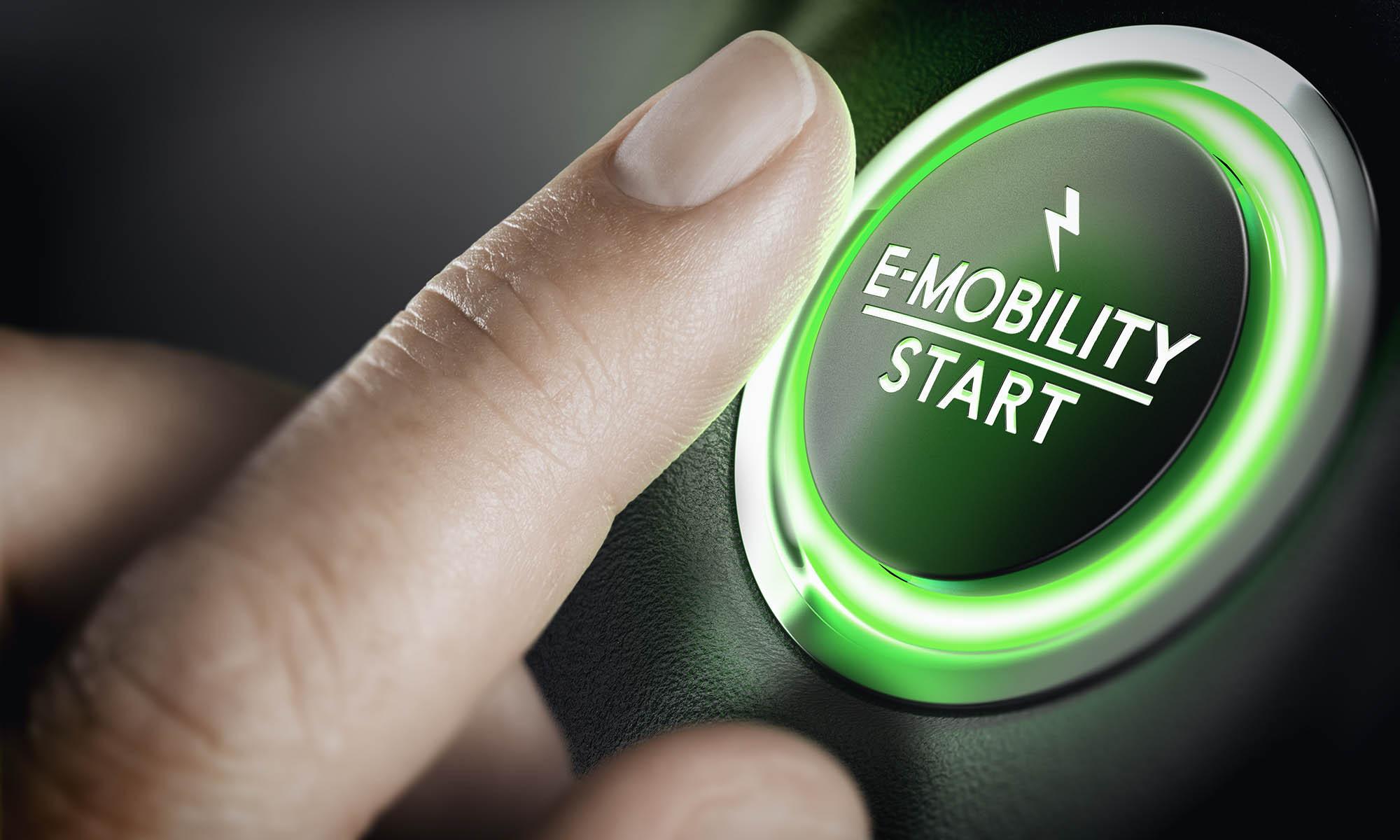BY KORAY OZTOPCU
Sustainability, digitalization and e-mobility: the future of consumer finance
Climate change and its effects remain a priority for countries around the world. Sustainability continues to be a part of a wider social debate, especially due to the effect of the Ukraine-Russia war and the energy crisis.
Countries around the world are focused on carbon emissions, environmental protection, and 2053 carbon neutral targets. Because countries around the world have been implementing carbon emission regulations extensively in recent years, we have seen automobile manufacturers taking serious steps in this direction both in their production processes and with the emissions of vehicles in their product lines.
In this sense, both e-mobility steps and the development of electric vehicles now play an important role in the automotive industry.
Main driver of transformation in the automotive ecosystem? A change in consumer behavior.

- Brand
- Customer-specific flexible solutions
- Design
- Connected vehicles, customer mobility solutions
- Vehicle performance versus price
- Multimodal products, customer focus
- Status icon
- Connected world
In our new era, when automobiles are becoming “smart,” companies are developing vehicles as e-mobility solutions to address customer expectations.
With the development of connected, electric vehicles and the increase in communication investment and opportunities around the world, the total market size is estimated to reach USD 59.7bn in 2021 and USD 198.3bn in 2030.
The evolution of e-mobility shapes our cities and our planning
As countries invest in this new ecosystem, the UK has outlined a roadmap for the rollout of autonomous vehicles on its roads by 2025 and announced £100m (USD 119m) in financing with this new legislation. In the UK, the e-mobility ecosystem is estimated to be worth £42bn and could create 38,000 new jobs.
Important steps are being taken in this field in Turkiye, too. Our TOGG is defined as user-oriented, smart, empathetic, connected, autonomous and shared, and will be on the road and part of the global market soon. With the concept of “USE-CASE Mobility” by adding the words “user-oriented/user-centric”, “intelligent/smart” and “empathic/emphatic” with the abbreviation of ‘case’ for connected, autonomous, shared and electric vehicles, it will be on the roads strongly within global competition.
E-mobility companies and e-mobility development to accelerate
Providing sustainable transportation and e-mobility opportunities to the whole of society will be the most important step for countries, e-mobility companies and cities in the coming years. We will design our cities with an e-mobility perspective and the need for net zero in public transportation will be met by electric buses.
Research shows that transportation and the transportation sector account for 26% of all greenhouse gas emissions produced in the European Union.
Today, a normal bus produces an average of 1.3 kg of CO2 per km traveled, while electric buses require much less maintenance and save as much as the purchase cost of the vehicle in maintenance costs over its lifetime. They also offer significant savings of up to 75% in fuel costs and an additional 10% in savings created by creating its own energy with rooftop solar panel systems. Local governments around the world are looking to incorporate more of these vehicles into their fleets.
Pandemic-related increase in demand to reveal new mobility models

The first step taken by financial institutions for this industry should be to increase financing opportunities for e-mobility in order to help customers transition to sustainable products and to enable them to take steps towards a sustainable future.
Financial institutions need to create new and sustainable financing models through sustainability by encouraging their customers towards sustainability-centered investimented.
Definition of value in automotive changing
The majority of products offered by financial institutions are now focused on digital sustainable finance products in the automotive sector, which aligns with the expectations of consumers.
Sustainable consumer finance products, whose growth rate will increase with e-mobility, will be used by individual consumers as well as SMEs, commercial and corporate customers.
A new perspective takes shape in e-mobility and sustainable consumer finance
While it seems inevitable that this era will be shaped in line with customer expectations, e-mobility finance will also be updated to reflect trends in the market. At this point, the finance sector needs to evaluate cooperation and partnership opportunities with institutions that have potential customer financing options and take steps in this direction.
Continuous digitalization of the customer experience will be key to serving new digital channels and partners. In the future, partners will consider opportunities based on digital structures and distribution resources available, such as portals and marketplaces.
General supply shortages will require us to refurbish and refinance used vehicles as e-mobility vehicles and financial products will be reshaped towards sustainability.
Jobs throughout the automotive ecosystem will change
While sustainable consumer finance is slowly popularity in the jargon of financial institutions, the structures that will be formed in this field will quickly trigger the formation of larger businesses, which will expand rapidly in the new digital age.
In the new ecosystem formed by e-mobility and electric vehicles, consumer expectations will be the focus for retail sales. Digitalization and sustainability will be the leverage points.
With the emerging global energy crisis in 2022, consumption and energy efficiency will accelerate the search for consumer-specific solutions and a transformation towards sustainable consumer finance.
In this period, it will be key to monitor the formation of models that cover all value chains of society and have carbon neutral targets and holistic approaches. Further, the financing of clean technology, projects that are the key to decarbonization, and the inclusive and sustainable nature of the new economy will also bring social development.
While sustainable consumer finance is supporting e-mobility through digital solutions, companies in integrated transportation and energy production need to support sustainable energy, roof top solar systems steps, and produce solutions to grow in this area.
Identifying needs in terms of e-mobility and transportation will also be key.
As a company, we here at Garanti BBVA will continue to support e-mobility with a sustainable consumer finance structure to enable a more environmentally friendly future. With these structures, we will continue to support Turkey’s transition to a low-carbon economy.










